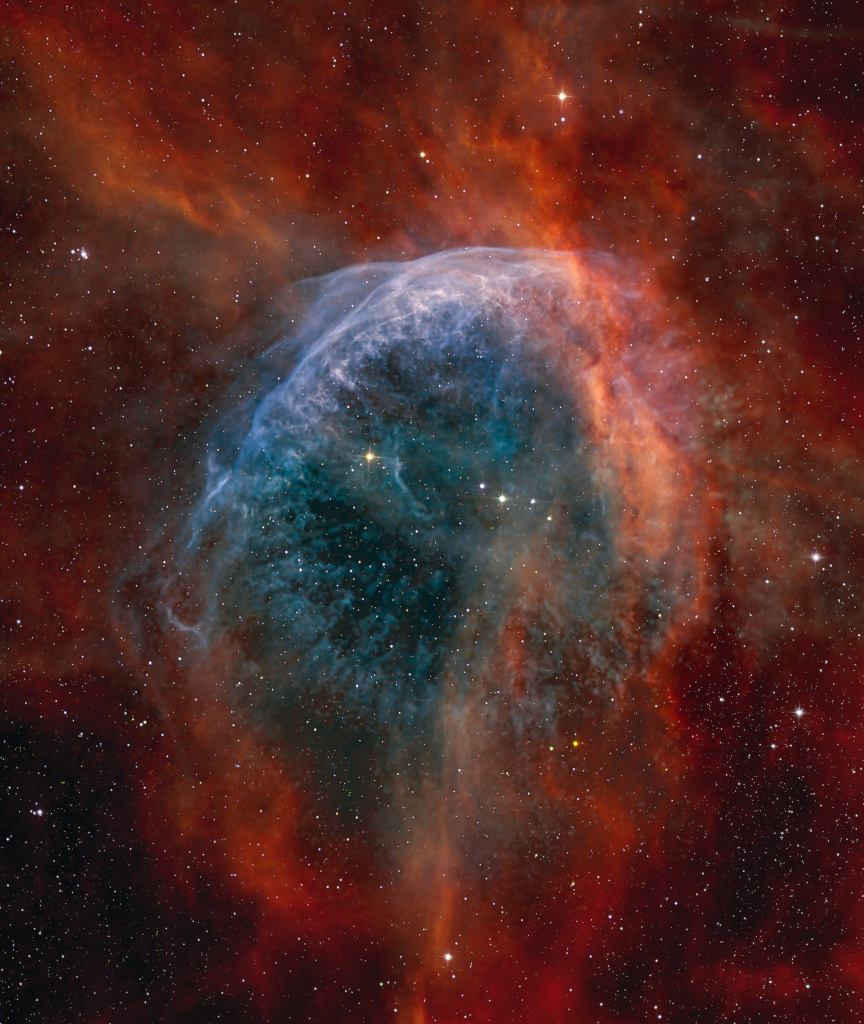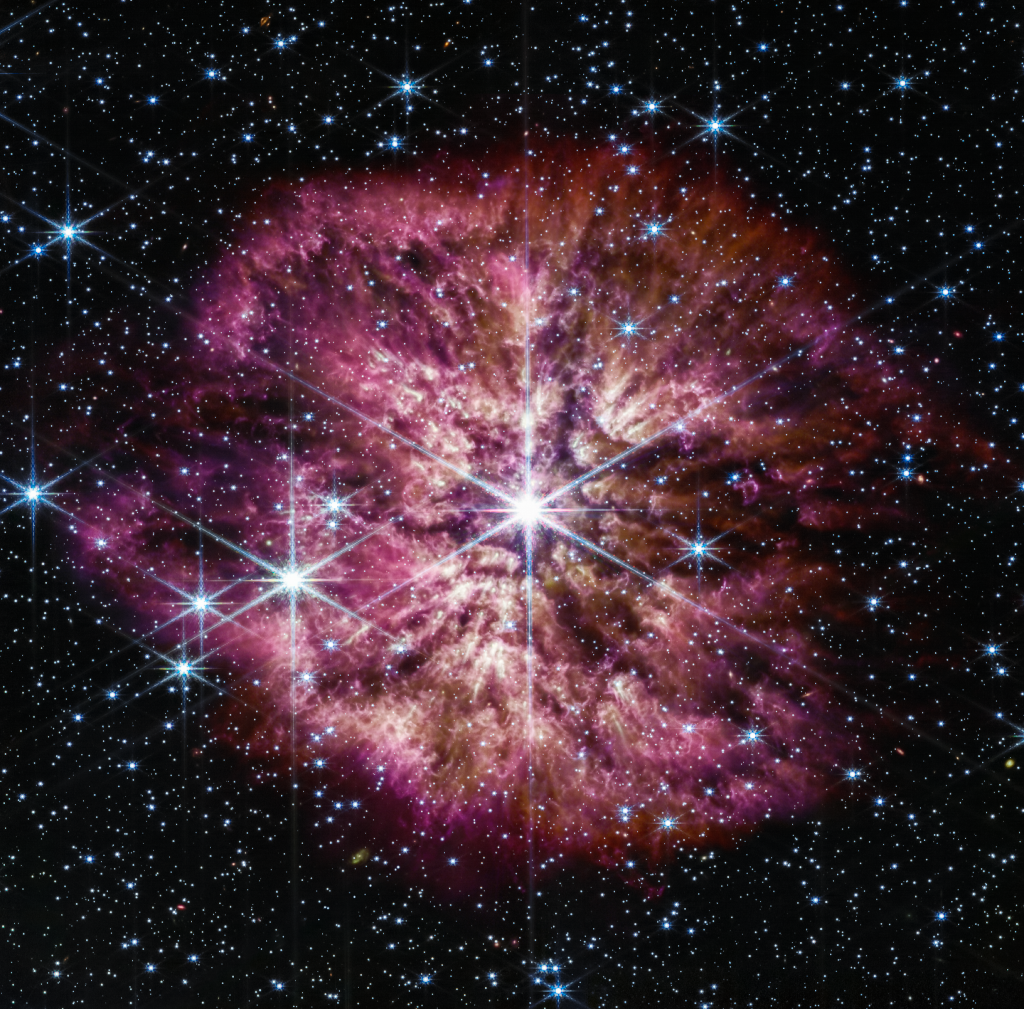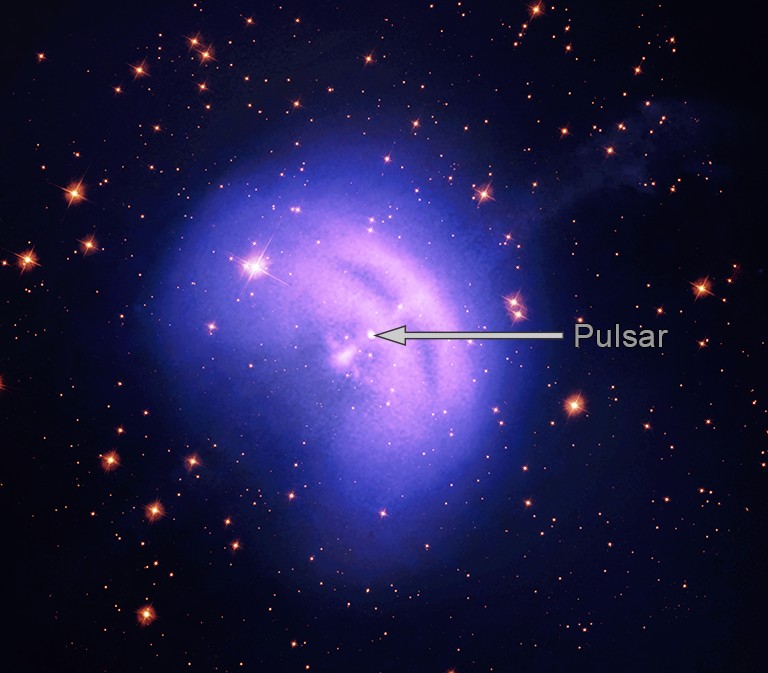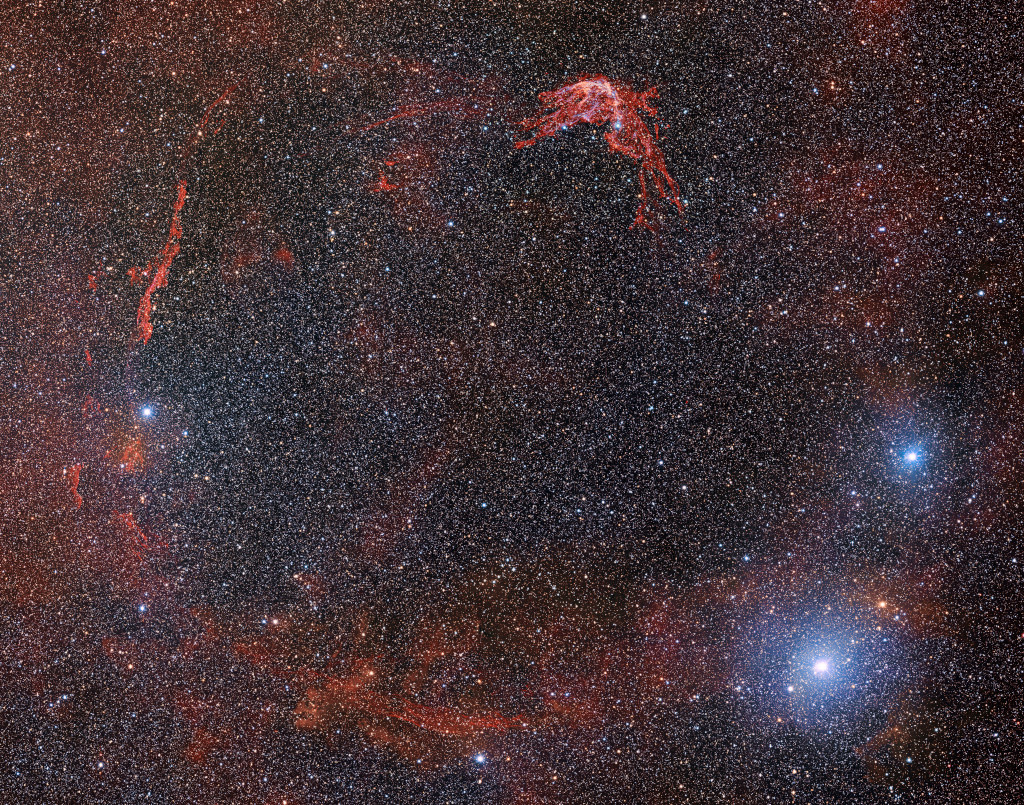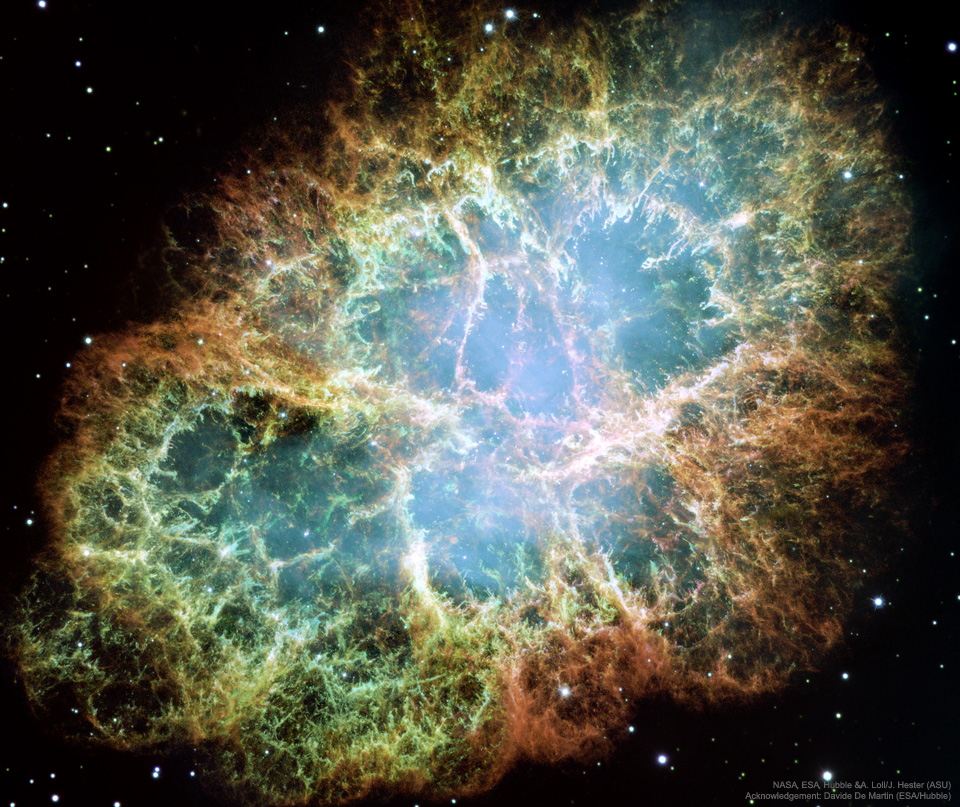邻近螺旋星系M101刚发现的超新星
2023年5月22日 Supernova Discovered in Nearby Spiral Galaxy M101 Image Credit & Copyright: Craig Stocks Explanation: A nearby star has exploded and humanity’s telescopes are turning to monitor it. The supernova, dubbed SN 2023ixf, was discovered by Japanese astronomer Koichi Itagaki three day […]


